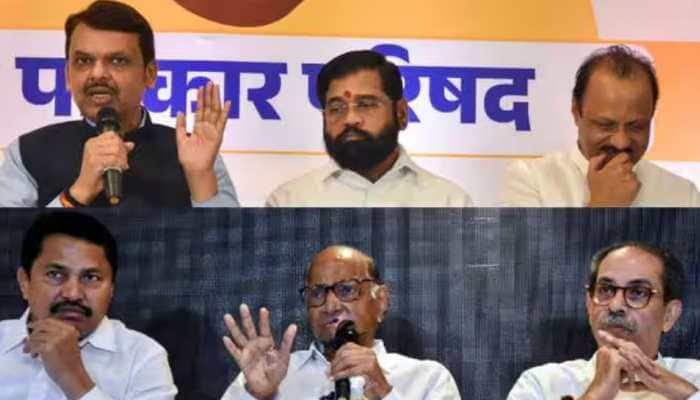'Koh-i-Noor' diamond: All you need to know
Government on Monday told the Supreme Court that Koh-i-Noor diamond was neither "forcibly taken" nor "stolen" by British rulers but given to the East India Company by the rulers of Punjab.
Trending Photos
) File Pic
File Pic Delhi: Government on Monday told the Supreme Court that Koh-i-Noor diamond was neither "forcibly taken" nor "stolen" by British rulers but given to the East India Company by the rulers of Punjab.
"Koh-i-Noor cannot said to be forcibly taken or stolen as it was given by the successors of Maharaja Ranjit Singh to East India Company in 1849 as compensation for helping them in the Sikh wars," Solicitor General Ranjit Kumar told a bench headed by Chief Justice TS Thakur.
The apex court then asked whether the government was willing to stake a claim to the Koh-i-Noor, one of the most valuable diamonds in the world.
The Solicitor General told the apex court that the demand to get back Koh-i-Noor have been raised time and again in Parliament.
"If we claim our treasures like Koh-i-Noor from other countries, every other nation will start claiming their items from us. There will be nothing left in our museums," Solicitor General said, as per PTI.
He said this was the stand of Ministry of Culture while the response from Ministry of External Affairs, which is also a party, is awaited.
The bench, also comprising Justice UU Lalit, then asked the Solicitor General to file a detailed reply within six weeks.
Following are some of the facts related to the famous diamond:
- Koh-i-Noor means 'Mountain of Light'.
- It has been the subject of a historic ownership dispute and claimed by at least four countries including India.
- It is a large, colourless diamond that was found near Guntur in Andhra Pradesh, India.
- The diamond by some accounts was a royal treasure as far back as 3000 BC.
- However, by and large, it is said to have been found in 13th century and weighed 793 carats (158.6 g) uncut.
- The diamond was first owned by the Kakatiya dynasty and has changed hands several times.
- In the early 14th century, Alauddin Khilji's general Malik Kafur made a successful raid on Warangal in 1310 and possibly acquired the diamond.
- It remained in the Khilji dynasty and later passed to the succeeding dynasties of the Delhi Sultanate.
- Later it came into the possession of Babur who established the Mughal Empire in 1526.
- Both Babur and his son and successor, Humayun, mentioned the origins of this diamond in their memoirs, thought by many historians to be the earliest reliable reference to the Koh-i-Noor.
- Shah Jahan, the fifth Mughal emperor, had the stone placed into his ornate Peacock Throne.
- It is said to have been given to Britain by Maharajah, Ranjit Singh, as compensation for help in the Sikh wars.
- Members of the public were given a chance to see the Koh-i-Noor when The Great Exhibition was staged at Hyde Park, London, in 1851.
- Prince Albert, the husband of Queen Victoria, unhappy with its dull and irregular appearance, ordered it cut down from 186 carats (37.2 g) in 1852.
- It is then said to have emerged 42 percent lighter weighing 105.6 carats (21.12 g) and measuring 3.6 cm x 3.2 cm x 1.3 cm.
- After Queen Victoria's death, the Koh-i-Noor was set in the Crown of Queen Alexandra, the wife of Edward VII.
- The diamond was transferred to Queen Mary's Crown in 1911 and finally to The Queen Mother's Crown in 1937.
- India had first demanded the return of the Koh-i-Noor in 1947.
- A second request followed in 1953.
- In 1976, Pakistan asserted its ownership of the diamond.
- In 2000, several Indian MPs signed a letter calling for the diamond to be given back to India.
- A PIL was filed by All India Human Rights and Social Justice Front seeking directions to the Indian High Commissioner in United Kingdom for the return of the diamond, besides several other treasures.
- The PIL has made Ministry of External Affairs and Ministry of Culture, High Commissioners of UK, Pakistan and Bangladesh as parties in the case.
- It had also sought return of the "ring and talwar of Tipu Sultan and other treasures of Tipu Sultan, Bahadur Shah Zafar, Rani of Jhansi, Nawab Mir Ahmad Ali Banda and other rulers of India."
Stay informed on all the latest news, real-time breaking news updates, and follow all the important headlines in india news and world News on Zee News.
Live Tv







)
)
)
)
)
)
)
)
)
)
